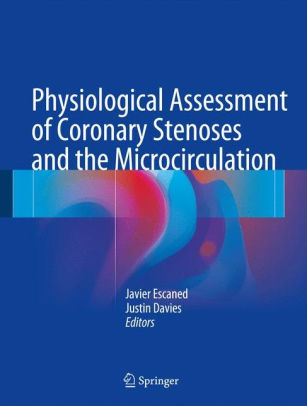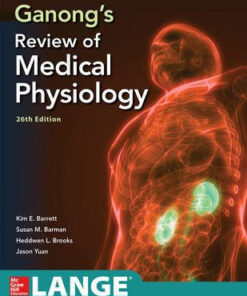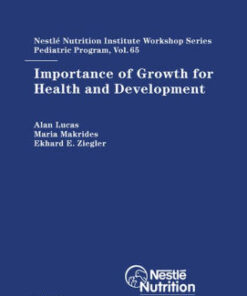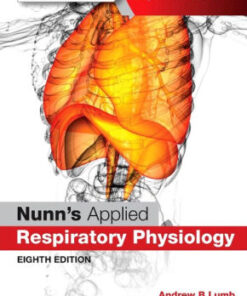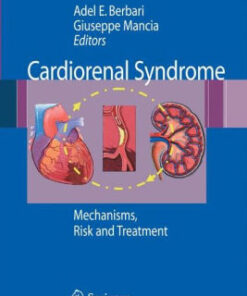(PDF) Physiological Assessment of Coronary Stenoses by Javier Escaned
$18.00
Download instantly Physiological Assessment of Coronary Stenoses and the Microcirculation by Javier Escaned, Justin Davies. It is ebook in PDF format.
ISBN-10: 1447152441 ISBN-13: 9781447152446
Preview
This is the PDF eBook version for Physiological Assessment of Coronary Stenoses and the Microcirculation by Javier Escaned, Justin Davies
Table of Contents
FOREWORD.- INTRODUCTION.- Part 1. The Coronary Circulation in Health and Disease.- STRUCTURE AND PHYSIOLOGY OF THE CORONARY CIRCULATION.- A historical perspective on coronary circulation.- The anatomy of epicardial ,coronary arteries and veins.- The structure of transmural vessels and coronary microcirculation.- Regulation of coronary blood flow.- Myocardial metabolism and blood supply.- Coronary capacitance and the myocardial pump model.- Extravascular compression and vascular waterfalls.- Extrinsic neural control of blood flow.- Hemodynamic effects of epicardial stenoses.- Modification of shear stress by stenoses.- Phasic characteristics in coronary blood flow.- PATHOLOGICAL CHANGES IN CORONARY CIRCULATION.- Epicardial coronary stenosis.- Microvascular remodelling.- Microvascular obstruction.- Extravascular compression of the microcirculation.- Endothelial dysfunction.- Collateral development.- EFFECT OF SPECIFIC PATHOLOGIES ON EPICARDIAL VESSELS AND THE MICROCIRCULATION.- Hypertension and left ventricular hypertrophy.- Diabetes.- Dyslipidemia.- Atherosclerosis. Acute coronary syndromes.- Atherosclerosis. Chronic ischemia.- Acute and chronic effects of percutaneous coronary interventions.- Valvular heart disease.- Part II. Invasive Assessment of the Coronary Circulation in the Catheterization Laboratory.- FRACTIONAL FLOW RESERVE (FFR).- Understanding fractional flow reserve.- Current evidence on FFR as a clinical tool.- Application of fractional flow reserve to specific stenosis subsets.- INSTANTANEOUS WAVE FREE RATIO (iFR).- Physiological principles of iFR.- Validation of iFR. Clinical registries.- Application of iFR in clinical scenarios.- CORONARY FLOW RESERVE.- Understanding coronary flow reserve.- Use of Doppler-tipped guidewires to calculate coronary flow reserve.- Relative and adjusted coronary flow reserve.- Use of the thermodilution principle to calculate coronary flow reserve.- INDICES OF CORONARY RESISTANCE.- Understanding indices of coronary resistance.- Stenosis resistance estimated from pressure-flow relationships.- Myocardial resistance estimated with thermodilution and pressure.- Microcirculatory resistance calculated from intracoronary pressure and Doppler.- Integration of pressure and flow indices of coronary stenosis severity.- WAVE INTENSITY ANALYSIS.- Understanding wave intensity analysis.- Wave patterns in coronary flow in health and disease.- Changes in WIA coronary patterns during trans-arterial valve implantation.- ASSESSMENT OF ENDOTHELIAL DYSFUNCTION.- Understanding endothelial modulation of vascular tone.- Assessment of endothelial dysfunction with acetylcholine challenge.- Other methods to assess endothelial dysfunction.- RESEARCH MODELS.- Relevant differences between coronary circulation in human and experimental animal models.- Computerised fluid dynamics applied to modelling of coronary circulation.?
